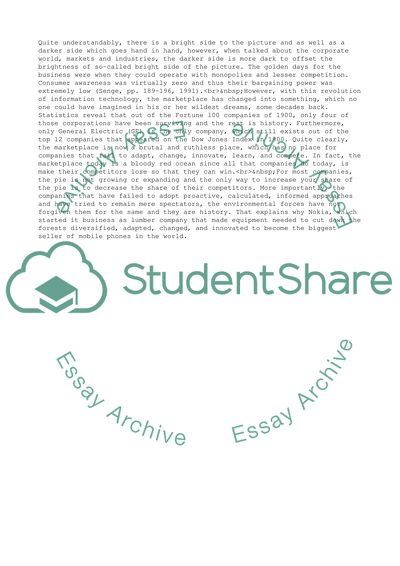Cite this document
(“Internal Environment of Tesco Literature review”, n.d.)
Internal Environment of Tesco Literature review. Retrieved from https://studentshare.org/business/1573247-to-what-extent-does-the-internal-environment-of-tesco-enable-it-to-survive-and-prosper-in-a-global-knowledge-economy
Internal Environment of Tesco Literature review. Retrieved from https://studentshare.org/business/1573247-to-what-extent-does-the-internal-environment-of-tesco-enable-it-to-survive-and-prosper-in-a-global-knowledge-economy
(Internal Environment of Tesco Literature Review)
Internal Environment of Tesco Literature Review. https://studentshare.org/business/1573247-to-what-extent-does-the-internal-environment-of-tesco-enable-it-to-survive-and-prosper-in-a-global-knowledge-economy.
Internal Environment of Tesco Literature Review. https://studentshare.org/business/1573247-to-what-extent-does-the-internal-environment-of-tesco-enable-it-to-survive-and-prosper-in-a-global-knowledge-economy.
“Internal Environment of Tesco Literature Review”, n.d. https://studentshare.org/business/1573247-to-what-extent-does-the-internal-environment-of-tesco-enable-it-to-survive-and-prosper-in-a-global-knowledge-economy.


